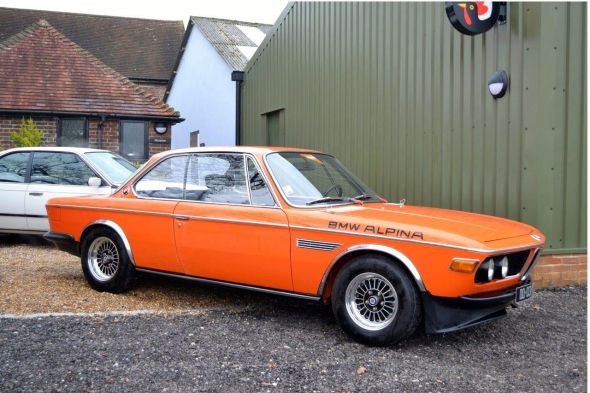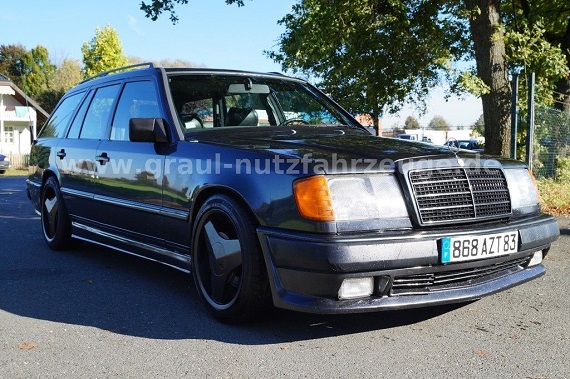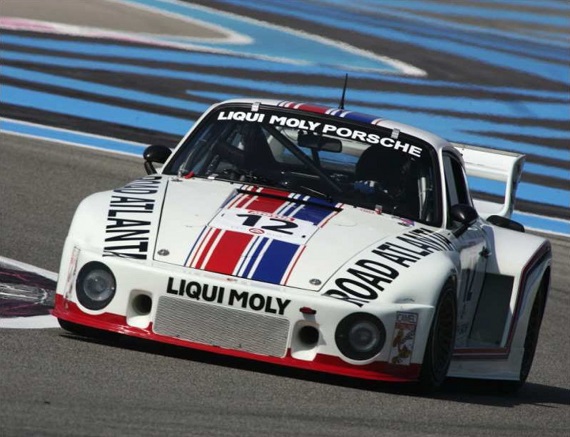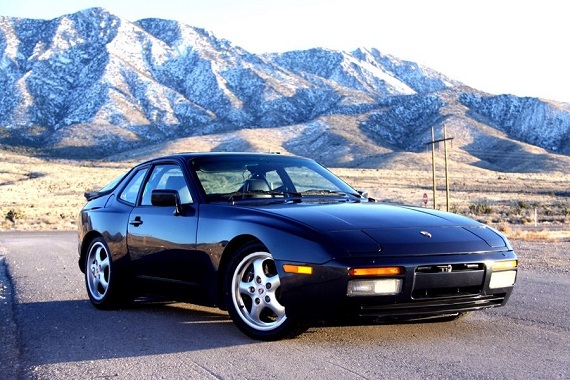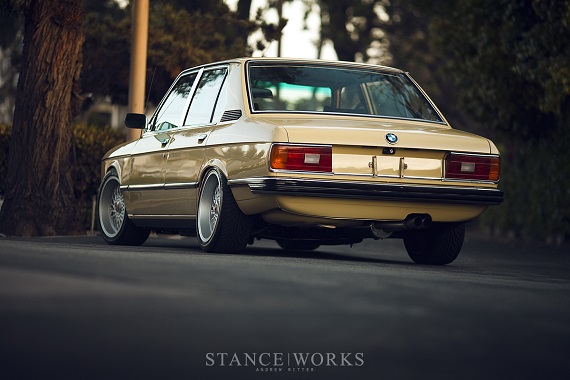They say imitation is the most sincere form of flattery, and when it comes to Alpina cars there certainly have been a lot of enthusiasts who are eager to copy the legends. Part of that is the great look that Alpina achieved, but also worth considering that Alpina models – especially early ones – command a premium that rivals some of the most exclusive models put out by the factory. Today, then, in honor of Coupe Week I have two E9 models. The first is a real-deal and rare 3.0CSL, but even then a special CSL; this one is an early carburetor model which was modified in period by Alpina to B2S spec. I then have an end-of-run U.S. spec 3.0CS that tries to imitate that look. These two cars obviously aren’t in contention with each other – but is the imitation good enough to warrant looking at?
Author: Carter
Last week around this time, I wrote up a 850 horsepower Brabus-modified E63 Estate. In the realm of nutty cars, it would be certainly barred from coming near any schools for fear of anaphylaxis of the entire student body. It was also the best part of a third of a million dollars, more money than most of America will ever dream of having at one time and even in New England, an amount that would get you a nice home. But in that post, our reader Craig posted a link to a much more affordable option; a W124 300TE Estate modified by Brabus for sale in Germany. Does it scratch the itch or do you need an EpiPen?
CLICK FOR DETAILS: 1989 Mercedes-Benz 300TE Brabus on eBay.de
1 CommentEven though they don’t generally get the big headlines, arguably the Porsche 934 and 935 were the most important car in developing the racing history and reputation of Porsche. While the 356 and early 911s were certainly notable, it was in the mid-1970s with the introduction of turbocharged 911 in 935 form that Porsche developed a sizable following of independents who raced the all-conquering Turbos. In turn, it was these race successes that convinced enthusiasts that the Porsche 930 was THE car to have. The 935 was, in many ways, a development of the earlier 934. Wide flares coupled with wheels and brakes from the prototype category 917 and 936 gave a purposeful and classic look. While the roofline and doors remained effectively the same as the production cars, few other details matched what you could buy at the dealer. One of the biggest developments was the aerodynamic “Slantnose” developed with help from Kremer; it would become the signature look for not only the 935s but also the most expensive versions of the 930 in the 1980s. The 935 also helped breach the gap in between the 917 program and the start of the 956/962; while the 936s were the direct transference between the two, it would be the 935 that would carry the Porsche flag around the world. Amongst the notable wins for the 935 were around 150 international victories including all-out victory at Le Mans in 1979 and multiple wins at both Sebring and Daytona. All of the top-tier racers of the day drove them, and top teams that still race today cut their teeth on the 935, such as todays example run by Reinhold Joest:
CLICK FOR DETAILS: 1978 Porsche 935 Kremer K1 on racecarsdirect
4 CommentsThere’s something that is inherently appealing to me about the idea of a aluminum V8 engine swapped into a Porsche 944. Sure, you could argue that just buying a 928 would scratch that particular itch, and in many ways you’d be right. But say you want extra power and cheaper operating costs? These are things that the Porsche 928 doesn’t particularly excel at, coupled with the more complicated and fragile electronics of the 944’s big brother. The smaller, lighter 944 then seems to be a natural choice; with near perfect weight distribution and bits that swap in easily from the higher-horsepower Turbo model, you can have a track-ready sleeper for about the same price as a decently sorted 928 – but choose the right engine, and you’ll have much more motivation at your call. In the case of this 1987 944, that choice would be the all-aluminum 6.2 liter V8 from the new Corvette – the LS3, rated at 430 horsepower and 424 lb.ft. of torque right out of the box:
CLICK FOR DETAILS: 1987 Porsche 944 LS3 on eBay
3 CommentsAn interesting conversation erupted in Andrew’s post about the 2003 BMW 540i M-Sport yesterday. Andrew suggested that the E39 was not only the best looking 5-series, but perhaps the best looking sedan ever produced. I think for many that opinion will depend on the generation that they grew up in; for example, I bet you could find some folks who would contend that the early fourth generation Lincoln Continental (early 60s) or even the Bugatti Royale was better looking. But taking a break from arguing the best looking ever, how about within the 5-series? There are a lot of E28 fans out there, our own author Nate being one since he owns a M5. I grew up with a ’88 M5 in the family, too – but for me the E28, while a definitive and landmark step for BMW, was not as “pretty” as the E12 which preceded it. That’s especially true of the early E12s, but in terms of motivation there aren’t many that can match the punch of the later M5 and 540i models. To solve that problem, one owner took the pretty look of a 1979 Euro-market 520i but ditched the M20 inline-6, replacing it with a Dinan built 3.9 M30 with accompanying upgrades. The result is certainly impressive:
